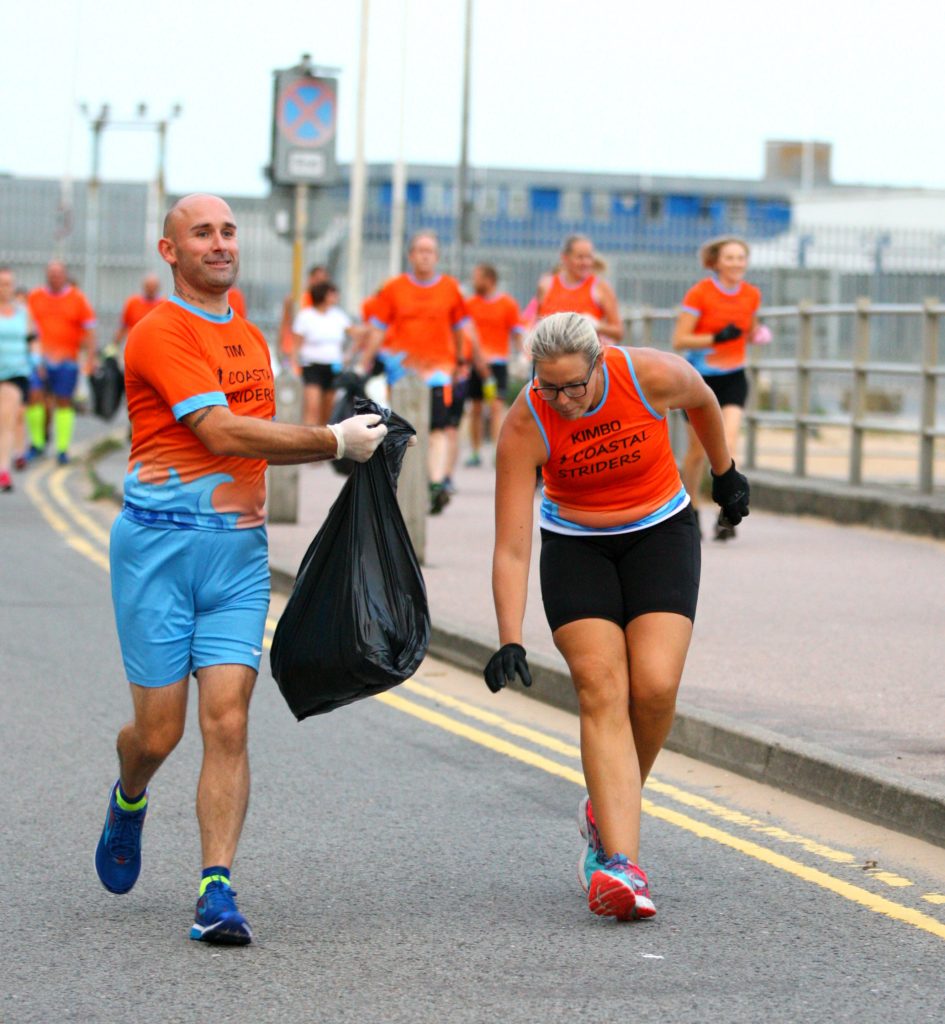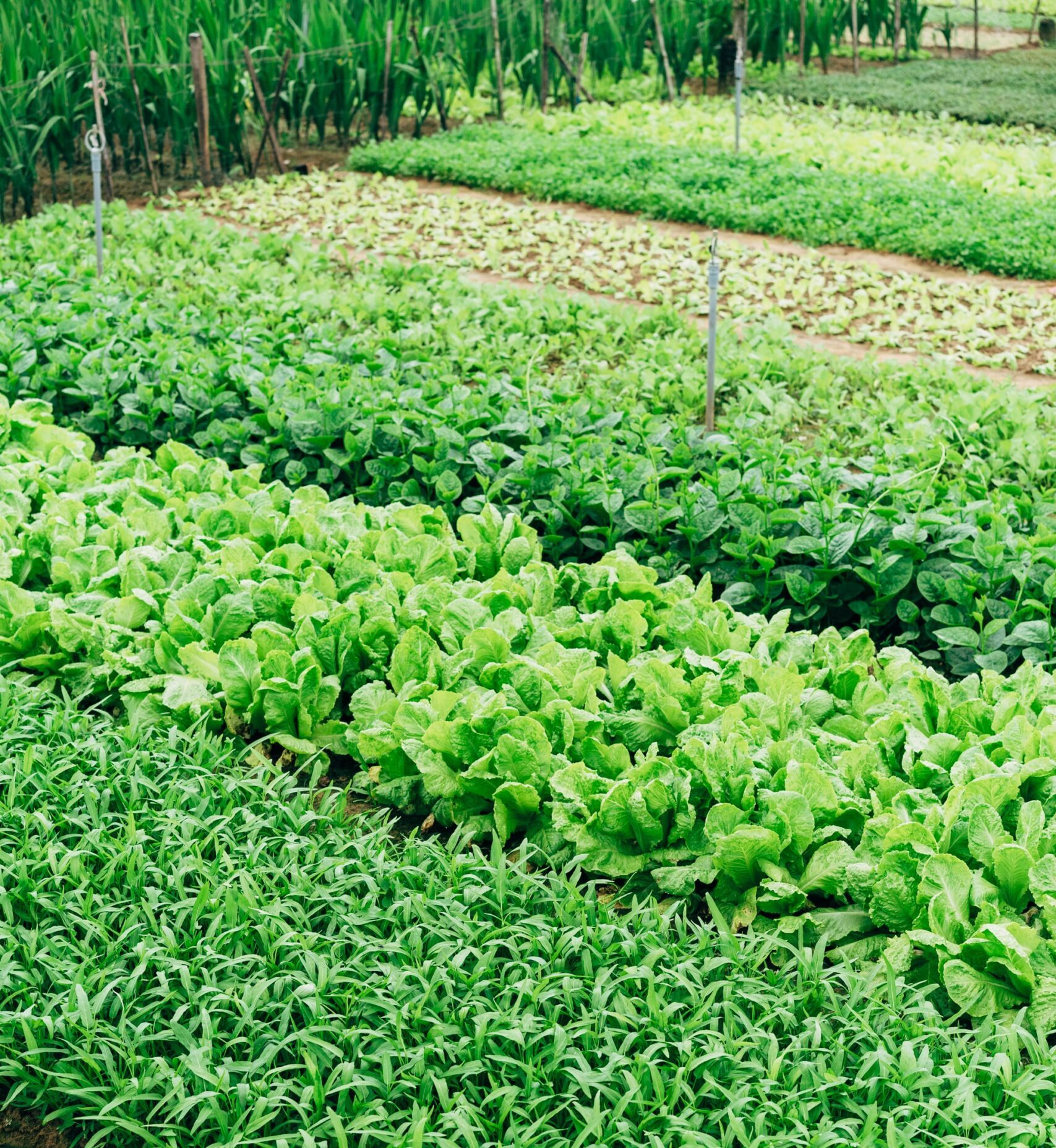Listed in 2017 as one of the top ten happiest countries in the world, Sweden seems to do a lot of things right. From daily coffee breaks (known as fika) to the Swedes’ constant pursuit of a life lived in moderation (an approach known as “lagom,” or “just right”), it offers a balanced life filled with healthy doses of work, rest, and play. Considered one of the healthiest countries in the world, Swedes are known to exercise whenever and however they can—from outdoor gyms to running, hiking, and/or bike riding.
And now, thanks to one Swedish man by the name of Erik Ahlström, Swedes are combining their passion for sustainability with their passion for fitness—rolling it into one fun-filled activity that’s taking the world by storm.
If you haven’t heard of plogging yet, get ready. This simple, yet genius idea may elevate your fitness game to a whole new level.

What Is Plogging (“Plogga”)?
The word plogging or plogga—a portmanteau that combines the word jogga (Swedish for “jogging”) and plocka upp (Swedish for “to pick up”)—dates back to 2016, when Erik Ahlström decided to combine his passion for fitness with his passion for the environment into one simple activity.
Starting with picking up trash along his runs and documenting it online, Ahlström’s activity quickly caught nationwide attention and grew into a movement across all of Sweden and now, across the world as well. According to Facebook, there are now plogging Facebook groups in almost every continent—from Plogging Patagonia and Plogging South Africa to plogging groups in Newport, Massachusetts and Plogging Singapore. Plogging groups worldwide continue to keep one another accountable to stay active and keep the planet clean.
The Benefits of Plogging
From community-building to heightened exercise, plogging offers countless benefits to the overall well-being of both the planet and the individual.
1. Protecting wildlife and marine life
According to a 2018 National Geographic article, mass production of plastics has accelerated to 8.3 billion metric tons each year, with 6.3 billion metric tons becoming plastic waste and 8 million metric tons winding up in the ocean and negatively affecting marine life.
At this rate of plastic waste, scientists estimate that the ocean will have more plastic than marine life by mid-century. And, with only 9 percent of plastic recycled, the remainder of plastic waste either winds up in landfills or as litter across the globe.
Plogging actively combats the effects that litter has on land and marine wildlife, collecting trash before it winds up in waterways or in animal habitats. By collecting trash regularly, ploggers help successfully recycle litter that may have otherwise piled up in landfills.
2. Heightened Cardio
Beyond the environmental impact, plogging also acts as a more intense workout compared to stand alone jogging.
By combining the action of squatting (to pick up trash) and running, Swedish-based fitness app Lifesum determined that a half hour of plogging burned 288 calories compared to jogging alone (only burning 235 calories in that same time).
3. Community-building
Whether online or in person, plogging has a rapidly growing community of intentional ploggers. On the official plogga website, ploggers are encouraged to start a new habit by plogging every Tuesday along with hundreds of other ploggers, using the hashtag #ploggingtuesday and #plogga.
In addition to online communities, local communities exist across the globe as well. Don’t see a chapter near you? Start one. You can use apps like Meet Up and Facebook groups to gather local interest and start plogging as a community.
4. Saving community costs
According to KeepLibertyBeautiful.org, litter clean up costs the United States more than $11.5 billion dollars each year. It affects tourism rates, homeowner value, and where businesses ultimately choose to put their company.
This type of litter comes in all shapes and sizes. @emilywrightcello on Instagram explains that over 80 percent of the trash pieces that she picks up are smaller than the palm of her hand. While it may take longer to fill up a garbage bag with cigarette butts, straws, and bits of foam containers, those tiny bits of plastic are the types least likely to get thrown out, and therefore the type of trash that needs to be picked up the most.
Plogging is a simple way to invest in your community (for free!) and help re-allocate litter clean-up costs to other greater community needs.
Starting Your Plogging Routine
To start your plogging routine, all you’ll need is a schedule, a trash bag, and a pair of gloves. Once you fill up your bag, you can either recycle or throw the contents away depending on what you found on your run.
For those who don’t jog, plogging sites also encourage alternative forms of plogging such as “plikes” (picking up litter while hiking and/or biking) and plalking (picking up litter during a walk). Whatever the activity, you can enhance your workout and your environmental impact with the simple act of picking up.
***
Ready to start plogging? Find or start a plogging group to join today!
Get more like this—Sign up for our daily inspirational newsletter for exclusive content!
__
Photo: Wikipedia Commons




